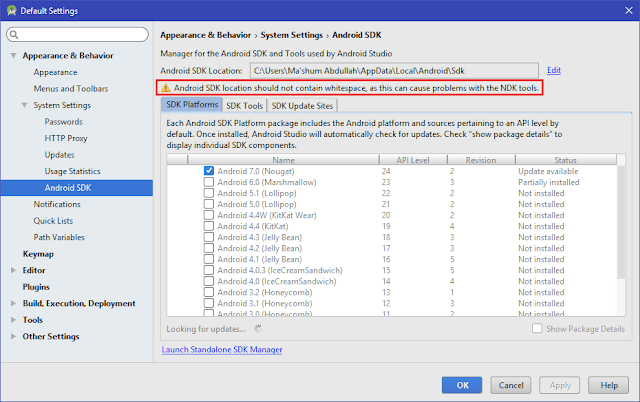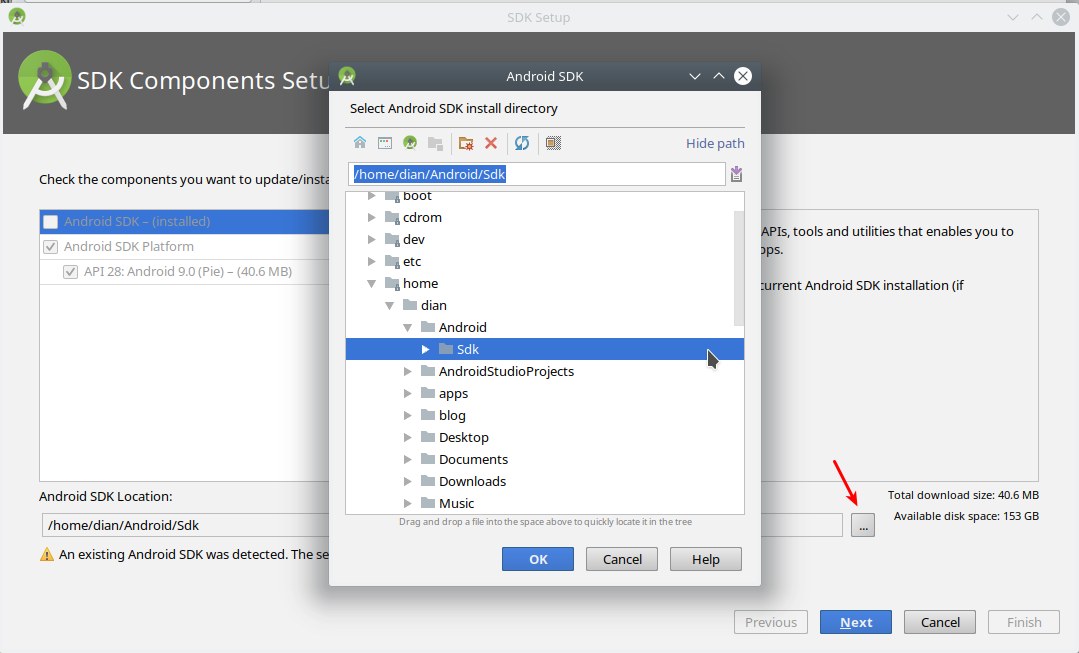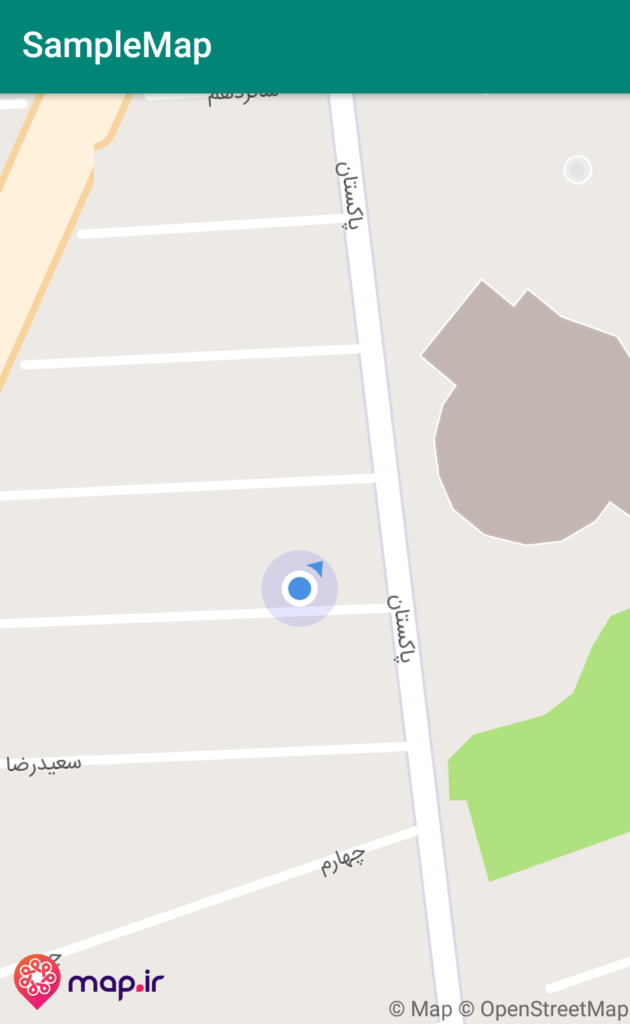
Prior to using the LocationEngine, it may be a good idea to check if the native location services are enabled. Not all devices provide the same capabilities and may have certain hardware restrictions that can lead to varying results. If your application targets SDK version 28 or lower, you can leave out the ACTIVITY_RECOGNITION permission.įor all example apps accompanying this user guide, we use a convenience class called PermissionsRequestor which takes care of the burdening task to request the user's permission.Īn app using native location services such as GPS will ask for the user's permission. If your application targets SDK version 23 or higher, you can leave out the READ_PHONE_STATE permission.
#Android sdk location android
Add the required Android permissions to your manifest file and request the permissions from the user.

Integrating the HERE SDK location features requires at least the following steps: The LocationEngine provided by the HERE SDK implements a comprehensive location solution that works with several location sources such as GPS or other Global Navigation Satellite System (GNSS) receivers, mobile network signals and Wi-Fi network signals to determine accurate locations. Click on the Next button and your SDK will update.One of the main reasons to use a mapping application is to find out where you are. You should now see that Android SDK - (installed) has a tick in the checkbox, as do any SDK Platforms you have. How well hidden is that?!?! I had always assumed it was to edit the SDK path! This opens a new dialog for SDK Components Setup. I also tried manually deleting the platform tools folder and reinstalling.Įventually I decided to click the "Edit" link next to the "Android SDK Location" box. Start the SDK Manager, File menu -> Settings -> Appearance & Behavior -> System Settings -> Android SDK, SDK Tools tab (Or click the cube with blue down arrow icon in the toolbar).įirstly I updated the Android SDK Platform-Tools (now v30.0.2). I also ran it in a command-line to prove that the exe worked OK.įinally after a bit of a struggle I found a solution: I checked that adb.exe was in the folder C:\Users\AppData\Local\Android\Sdk\platform-tools. It didn't stop the emulator working, but it was vaguely annoying.

I started getting this error after updating Android Studio from version 3.6.3 to 4.0. I cloned my repo in another folder, do another "npm install", "react-native link", and it was working. There was probably some parameter of android-studio 3.6 still in the /android/

So, now I can work with my new user, but I did not fix the problem.ĮDIT2: fixed the android-studio part (see his answer).
#Android sdk location install
I still get the error message, still the AVD launches, but now React-native can install the app on it. Yesterday, out of the blue, when I launched my android-studio, it "restarted" (showing me the install wizard, etc), and it seems it messed up its configuration.ĮDIT: I created a new ubuntu user, re-install android studio + react-native. I'm pretty sure the react-native part is fine, but that route to the emulator is not the same as before. gradlew app:installDebug -PreactNativeDevServerPort=8081 Run CLI with -verbose flag for more details.Įrror: Command failed. Make sure you have the Android development environment set up. But, when I try to run my react native app on it, I get the errorĮrror Failed to install the app. I did look in the Android/Sdk/platform-tools, I have an "adb" executable.Īfter the "unable to locate adb" error message, the AVD still launches.

When I click on "launch this AVD in the emulator", I get an error message "Unable to locate adb". I use the 4.0 android-studio and Ubuntu 18.04 I read the answers "unable to locate adb" using Android Studio and Error:Unable to locate adb within SDK in Android Studio and it didn't solve my problem.


 0 kommentar(er)
0 kommentar(er)
